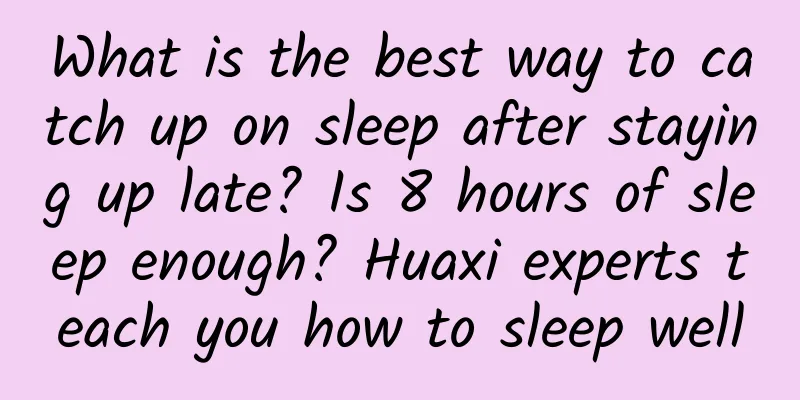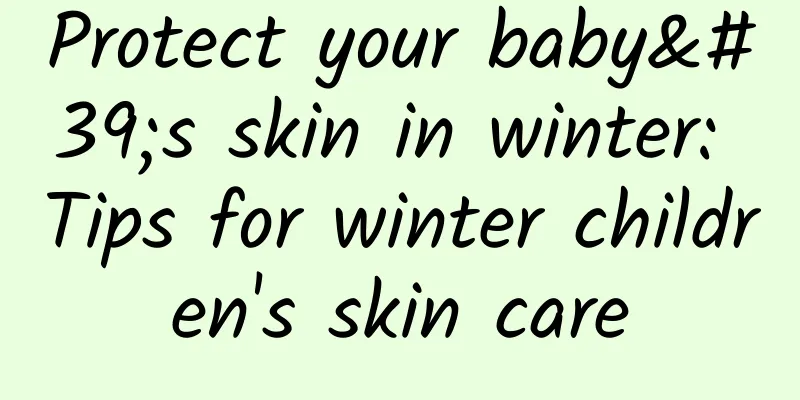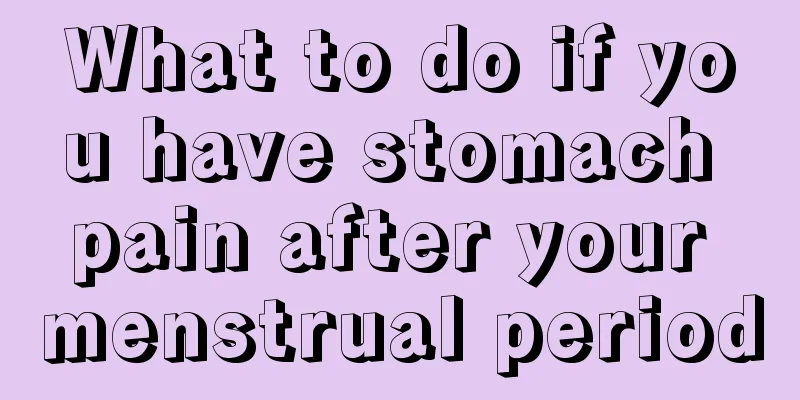What medicine should I use for vaginal pain and itching

|
The female vagina is the main reproductive and sexual organ, and the vagina is divided into two parts: the inner vulva and the outer vulva. The inner vulva is connected to the female uterine area and is an important channel for fallopian tuberculosis, while the outer vulva is wrapped in underwear and covered by pubic hair. It is in a dark and humid environment and is more susceptible to bacterial invasion. Many women have experienced vulvar pain and itching. What medicine should they use when this happens? Causes of vulvar itching, swelling and pain 1. Special infection: Vulvitis, fungal vaginitis and Trichomonas vaginitis are the most common causes of vulvar itching. 2. Local allergy: Allergy to condoms, tampons, sanitary napkins or other drugs or chemicals. 3. Bad hygiene habits: Not paying attention to the local cleaning of the vulva, long-term stimulation of the vulva by sebum, sweat, menstruation, and vaginal secretions can cause itching: using rubber or plastic menstrual belts during menstruation and wearing airtight chemical fiber underwear at other times can induce itching due to moisture and heat accumulation. 4. Other lesions: Other skin lesions, abrasions, common warts, herpes, eczema, and tumors can all cause vulvar itching. These symptoms should be paid attention to in daily life. 5. Vulvar malnutrition: The main symptom is extreme itching, accompanied by whitening of the vulva skin. Common treatments for vulvar itching, swelling and pain 1. General treatment Pay attention to menstrual hygiene, keep the vulva clean and dry, and avoid scratching. Do not wash with hot water and avoid using soap. When there is an infection, potassium permanganate solution can be used for a sitz bath, but local scrubbing is strictly prohibited. Clothing, especially underwear, should be loose and breathable. Avoid alcohol and spicy or allergic foods. 2. Symptomatic treatment (1) Topical medications: For acute inflammation, 1% resolsin plus 1 foil of livanol solution or 30% boric acid solution can be used for wet compresses and then 40% zinc oxide ointment can be applied topically after washing; for chronic itching, corticosteroid ointment or 2% diphenhydramine ointment can be applied. (2) Oral medication: When symptoms are severe, you can take 4mSt of chlorpheniramine, 25mg of diphenhydramine, or 25ml of isopropylamine orally to achieve both sedation and desensitization effects. 3. Etiological treatment Eliminate local or systemic factors that cause itching, such as Trichomonas, Candida infection or diabetes. If pubic lice are found, the pubic hair should be shaved and the underwear should be boiled and washed. You can also apply 1% malathion powder or 25%-50% Stemona tincture externally. Note: The above-mentioned drugs must be used under the guidance of a doctor and should not be purchased on your own. |
<<: How long is the normal due date?
>>: What is the best ointment for removing pubic lice?
Recommend
What effect does chamomile have on the skin? How often should I apply a chamomile mask?
Chamomile has been regarded as a "magic flow...
How to regulate diet for irregular menstruation?
Women's bodies are relatively weak during men...
How should vulvar itching be treated?
If women have some vulvar itching, it is recommen...
What to do if your belly is big after cesarean section
With the continuous improvement of social living ...
Pregnant women should not use skin care products containing which ingredients
Many pregnant mothers often have such doubts: &qu...
[Medical Q&A] If a diagnosis of femoral head necrosis is confirmed, does a hip replacement need to be performed?
Planner: Chinese Medical Association Reviewer: Wa...
Perineum pictures
Women are most worried about having gynecological...
Women's immune system screening program
In modern society, many single couples choose to ...
Leucorrhea after sex is like tofu dregs
After having sex, female friends will find that t...
What to do if you have calcification in your breast? Six steps to help you
Breast calcifications are caused by the appearanc...
Will using the air conditioner overnight cause facial paralysis? Is sleeping on a hard bed better for the waist? Here comes the August science rumor list →
1. Is sleeping on a hard bed better for your wais...
What are the effects of HPV infection on women?
HPV infection mainly refers to human papillomavir...
What is the normal age for girls to have menstruation
As we all know, women have their first menstruati...
What is milky white nipple discharge?
Lactation is a physiological phenomenon of humans...
Brown leucorrhea picture in early pregnancy
Finally, I am pregnant with a baby, which is cert...









